Fireworks displays are mesmerizing and make for spectacular photographs. I love the variety sizes, styles, and colours.
Have you ever seen the smiley face fireworks? Definitely one of my favourites.
Capturing the brilliant bursts of light in the night sky, however, can be challenging. It’s so different than almost everything else.
To help you take stunning photos of fireworks, here are our top three tips for getting great pictures of fireworks.
1. Use a Tripod
Fireworks displays often occur in low-light conditions, requiring longer exposure times to capture the burst and trails of light effectively. Using a tripod helps stabilize your camera and prevents motion blur, ensuring your images are sharp and clear.
Pro Tip: If you don’t have a tripod, try stabilizing your camera on a steady surface like a wall, bench, or railing. You can also use a beanbag or any soft, moldable surface to help keep your camera steady.
That being said, if you do a lot of photography, it doesn’t hurt to purchase an inexpensive tripod for your specific needs. Your future fireworks photos will thank you!
 2. Frame Your Shots
2. Frame Your Shots
Including foreground elements in your shots can add context and scale to your fireworks photos, making them more interesting and dynamic. Look for buildings, trees, water, or other elements to frame your fireworks and provide a sense of place.
Our pictures of the fireworks from the National Mall in 2019 would not look the same if we cropped the Lincoln Memorial out of them!
Pro Tip: Arrive early to scout out your location and find the best vantage point with an unobstructed view of the sky. This will help you plan your composition and set up your equipment without rushing.
3. Set the Right Exposure
To capture the vibrant colors and intricate details of fireworks, set your camera to manual mode. Use a low ISO (100-200) to reduce noise, an aperture between f/8 and f/16 for a broad depth of field, and a shutter speed between 2 and 10 seconds to capture the full burst of the fireworks. Experiment with different exposure settings to find the perfect balance for your shots.
Pro Tip: Try taking a few test shots before the fireworks show begins. This way, you can adjust your settings based on the available light and get a feel for the correct exposure. Keep an eye on your histogram to ensure your shots are well-exposed without blown-out highlights.
Be prepared to make adjustments as you go, especially if the fireworks begin before the sky is completely dark.
Bonus Tip: Use Bulb Mode
Bulb mode allows you to keep the shutter open for as long as you hold down the shutter button, giving you more control over the exposure duration. This is especially useful for capturing multiple bursts in a single frame or adjusting to the timing of the fireworks display.
Pro Tip: Use a remote shutter release in bulb mode to avoid camera shake and maintain sharpness. Experiment with different exposure lengths to find the perfect timing for capturing the most impressive bursts.
My favourite is to start the exposure as the firecrackers are being detonated and all the way until they fully explode. This allows me to get the trails of the fireworks in addition to the explosion in one single image.
 Additional Practical Tips
Additional Practical Tips
- Manual Focus: Autofocus can struggle in low light. Switch to manual focus and set your focus to infinity to ensure the fireworks are sharp and clear.
- Image Stacking: If you want a picture with a sky full of fireworks, it might be better to take several pictures of individual fireworks and then combine them into one composite image later (a tripod that doesn’t move during the show is especially helpful for this technique). Some people might think that waiting until the grand finale is the best way to obtain this type of image, but the grand finale usually does not make good images because all of the fireworks at one time blow out the exposure and look like a big mess.
Conclusion
Some people just like to watch the fireworks and enjoy them. But I’m a photographer, and I have to take pictures 🙂 I can look at them and enjoy them later!
If you’re like me, one of the weird ones who has to “work” during fireworks shows while other relax, hopefully you find these tips helpful.
With a little bit of knowledge and a little extra work, you can capture stunning photos of fireworks that dazzle and delight.
Remember to be patient and practice different techniques to find what works best for you and your style.
Do you have any tips that you would add to this list?
 2. Frame Your Shots
2. Frame Your Shots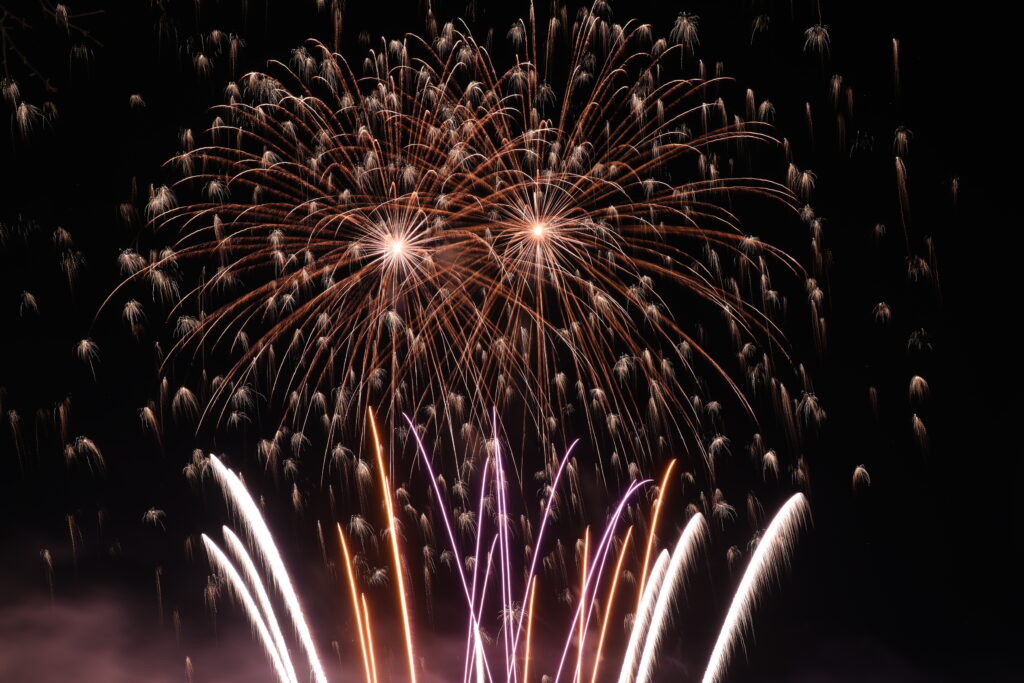 Additional Practical Tips
Additional Practical Tips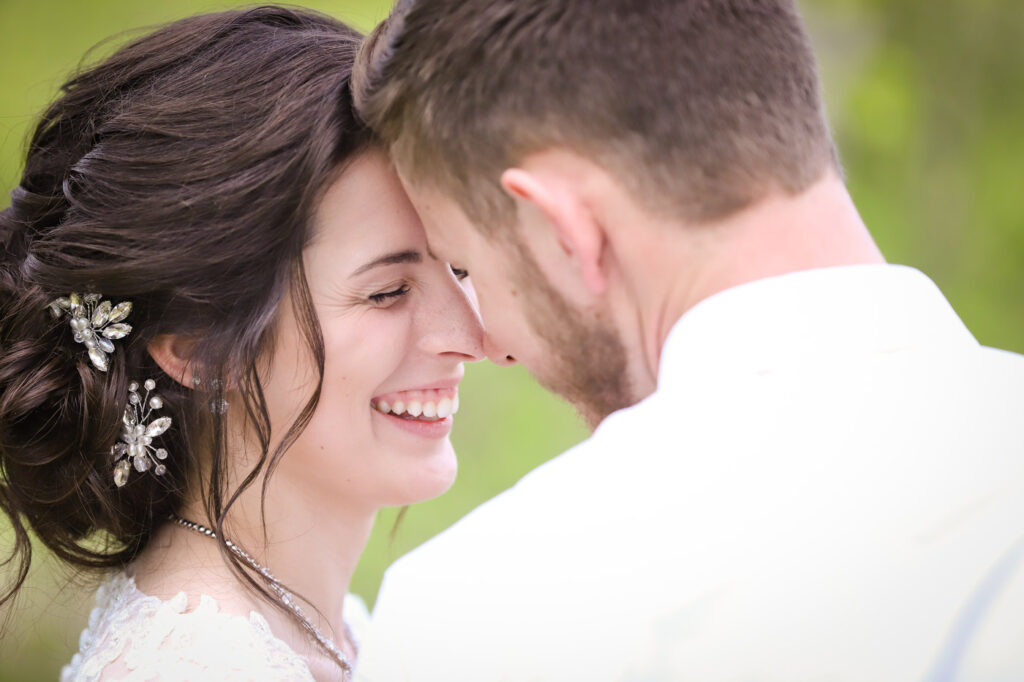 1. Use the Rule of Thirds
1. Use the Rule of Thirds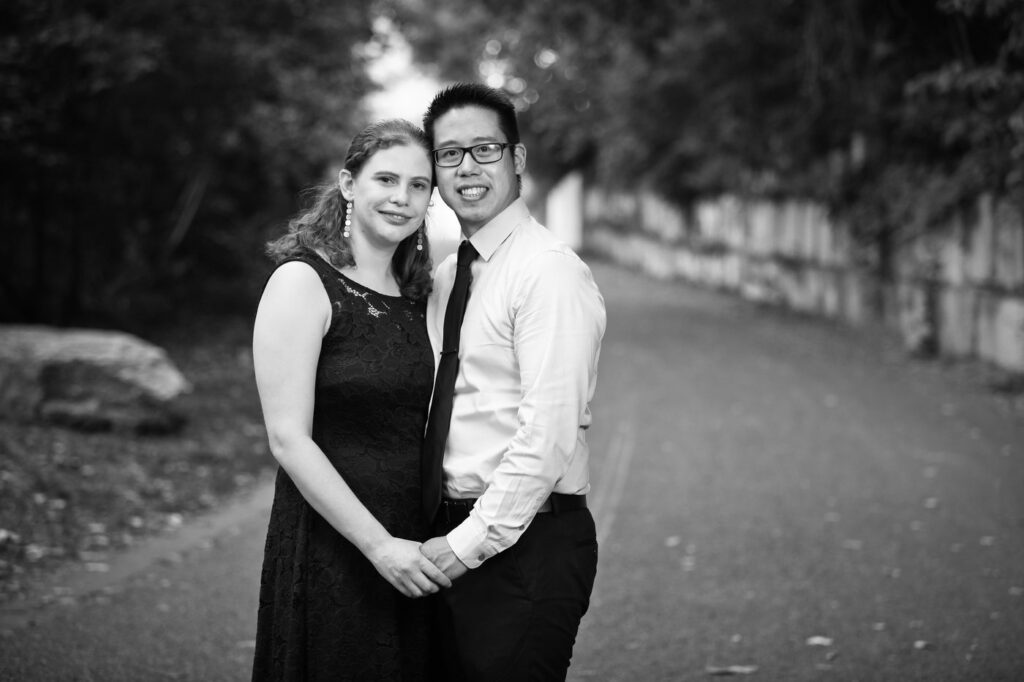
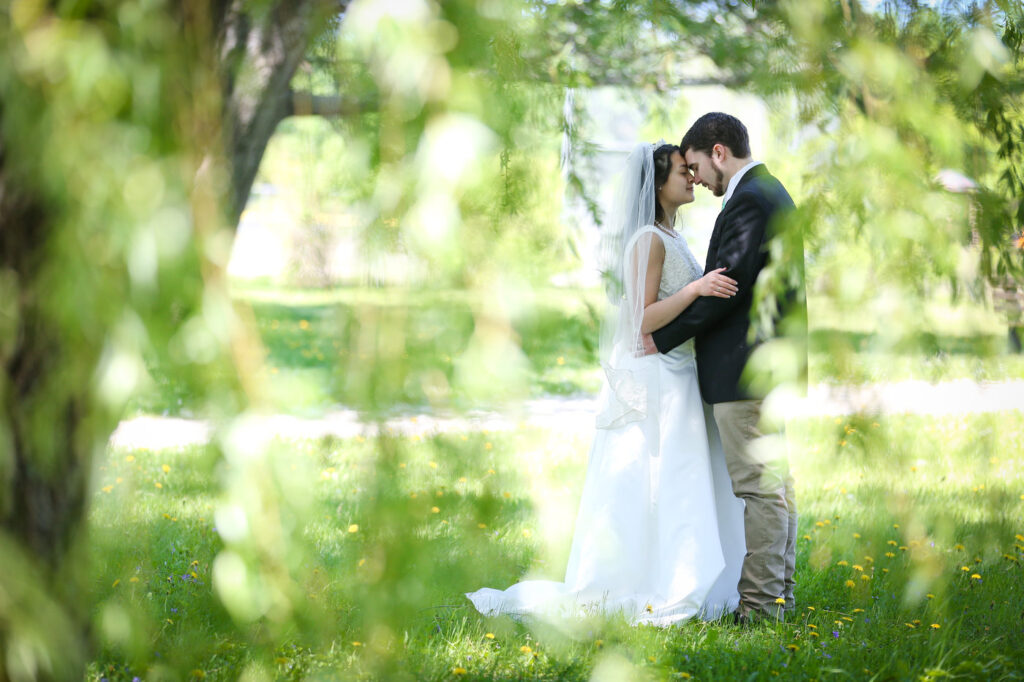
 1. Embrace the Golden Hour
1. Embrace the Golden Hour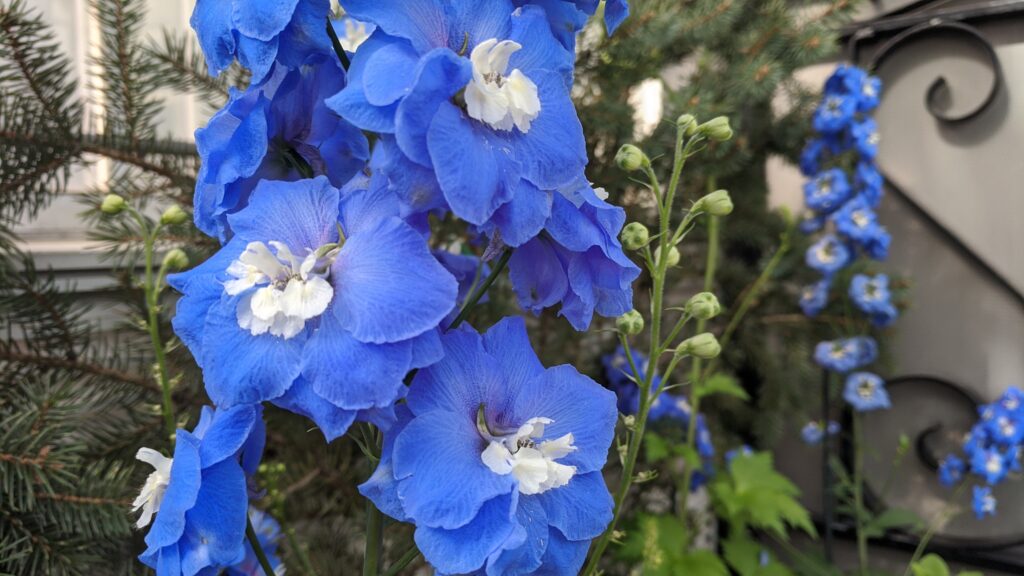 When shooting, pay attention to your background and ensure it complements your subject without being distracting. Use a tripod to keep your phone or camera steady, especially when shooting with a narrow aperture for a greater depth of field.
When shooting, pay attention to your background and ensure it complements your subject without being distracting. Use a tripod to keep your phone or camera steady, especially when shooting with a narrow aperture for a greater depth of field.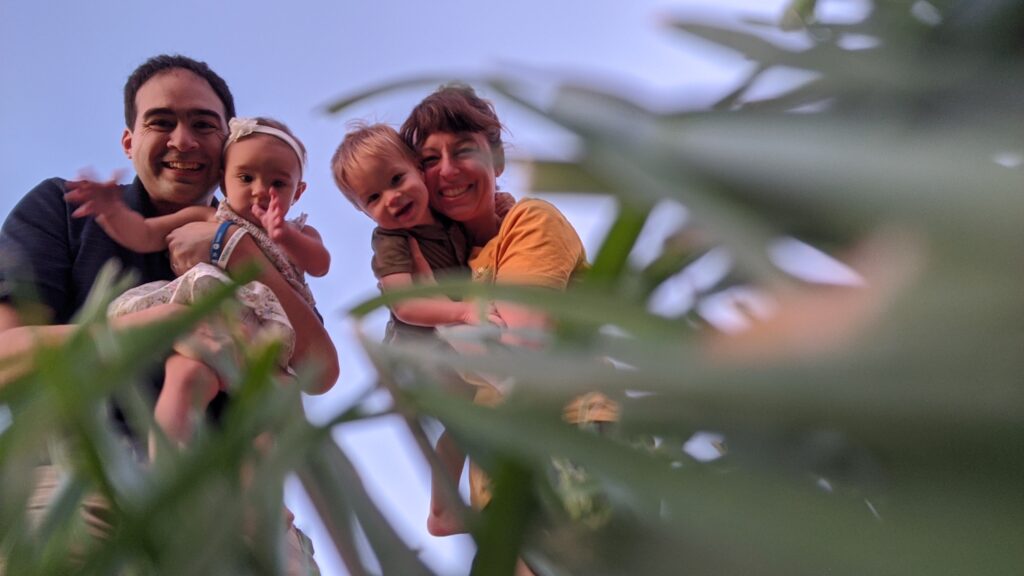 1. Find Beauty in Ordinary Moments
1. Find Beauty in Ordinary Moments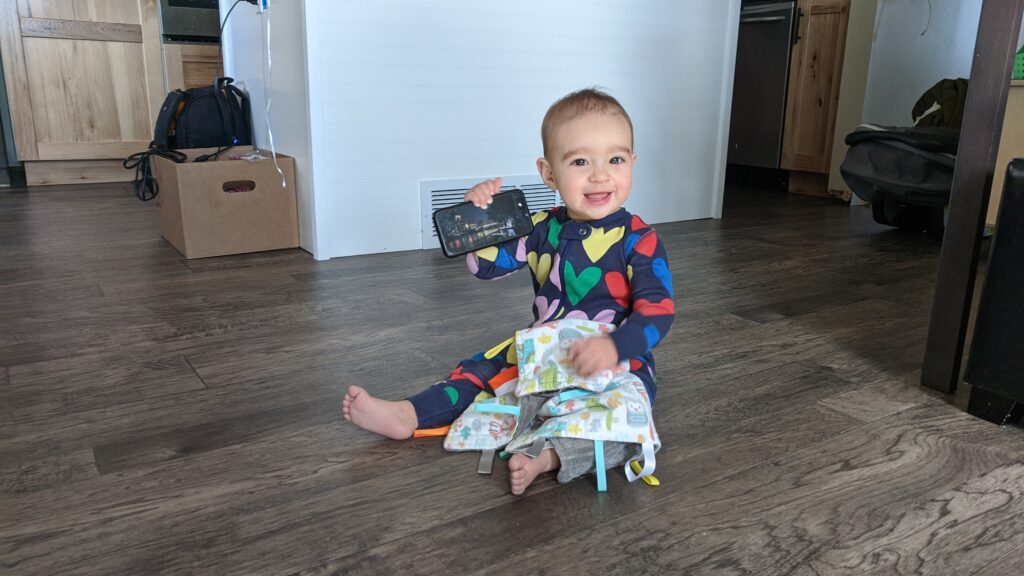 3. Practice Regularly to Improve Your Skills
3. Practice Regularly to Improve Your Skills